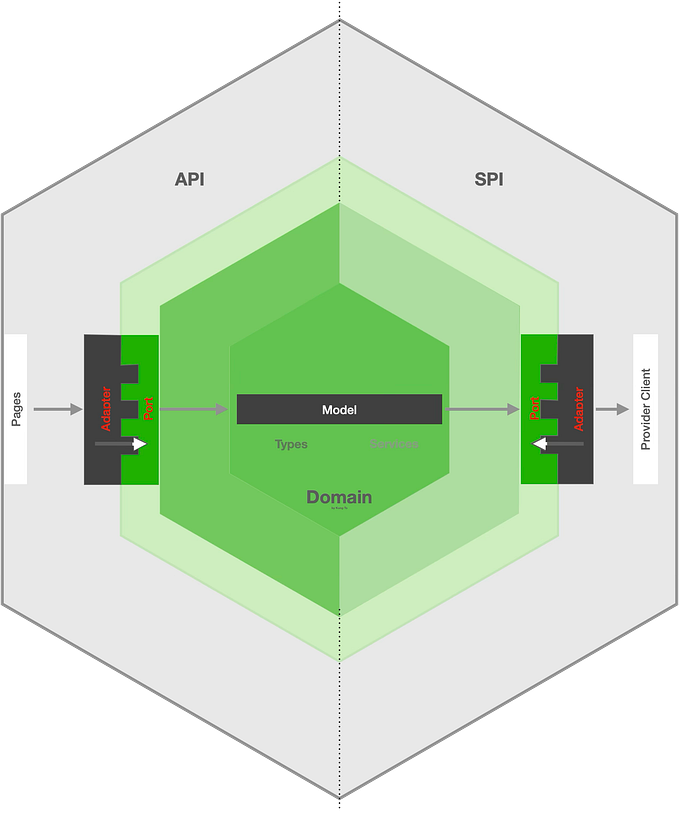
As your Vue.js application becomes more complex, knowing the best routing concepts is crucial to ensuring a good and accessible experience. It is useful for users. Vue Router provides a variety of technologies and features to help you create a seamless and interactive single-page experience. In this section, we examine advanced routing techniques and methods.
Navigation Guards for Enhanced Control
What are navigation guards?
Navigation guards in Vue Router are hooks that allow you to intercept and control navigation actions. They provide a way to guard and control the navigation flow, making it possible to add authentication, data fetching, or other custom logic to your routes.
There are several types of navigation guards:
- Global Guards: Applied to all routes in your application.
- Per-Route Guards: Applied to specific routes or route configurations.
- In-Component Guards: defined within individual route components
Some common use cases for navigation guards include:
- Authentication: Ensure a user is authenticated before accessing certain routes.
- Data Fetching: Fetch data from an API or other sources before rendering a route component.
- Authorization: Determine whether a user has the required permissions for a route.
Dynamic Route Matching and Nested Routes
Dynamic Route Matching
Vue Router allows you to define dynamic route segments that match a variety of URL patterns. This is particularly useful for routes with varying parameters, such as user profiles or product details. Dynamic route matching can be done using placeholders in route patterns, denoted by a colon.
The following is an example of a dynamic matching method:
const routes = [
{
path: '/user/:id',
component: UserProfile,
},
];In this example, the id parameter in the URL is dynamic and can match any value
Nested Routes
Nested routing allows you to create complex routing structures. This is especially useful when creating layouts with sidebars, tabs, or multi-step sprites. Nested routes allow you to nest elements within elements of the main route.
Nested routing is defined in the children property of the main route:
const routes = [
{
path: '/dashboard',
component: Dashboard,
children: [
{
path: 'overview',
component: Overview,
},
{
path: 'settings',
component: Settings,
},
],
},
];We can also use multi level nested routes by defining children routes within children.
const routes = [
{
path: '/app',
component: AppLayout,
children: [
{
path: 'dashboard',
component: Dashboard,
},
{
path: 'products',
component: ProductsLayout,
children: [
{
path: 'list',
component: ProductList,
},
{
path: 'details/:id',
component: ProductDetails,
},
],
},
],
},
];Lazy loading to improve performance
Vue Router supports lazy loading of routing components; Significantly increase your app’s initial load time. With lazy loading, routing components are loaded only when needed, reducing the initial bundle size.
To implement lazy loading, use the import statement within your route configuration:
const routes = [
{
path: '/lazy',
component: () => import('./components/LazyComponent.vue'),
},
];Vue CLI and Webpack handle the code splitting and bundling behind the scenes.
Creating custom route transitions can add a touch of elegance to your application. Vue Router provides a<router-view> component that you can customize with Vue's built-in transition system. You can define enter and exit transitions for your route components, creating smooth page transitions.
Here’s a basic example of custom route transitions:
<template>
<router-view v-slot="{ Component }">
<transition name="fade" mode="out-in">
<component :is="Component" />
</transition>
</router-view>
</template>In this example, thefade transition is applied when switching between route components.
Route Meta Fields
You can use route meta fields to store custom information about routes, such as permissions, titles, or custom data. This information can be used to control route access or enhance the user experience.
For example, you can define a route with a meta field like this:
const routes = [
{
path: '/admin',
component: Admin,
meta: { requiresAuth: true },
},
]In this case, therequiresAuth meta field can be used to check whether a user needs to be authenticated to access the route.
In the next tutorial, we’ll explore these advanced routing concepts and techniques in practice, providing hands-on examples and best practices for building dynamic and interactive single-page applications with Vue Router.








